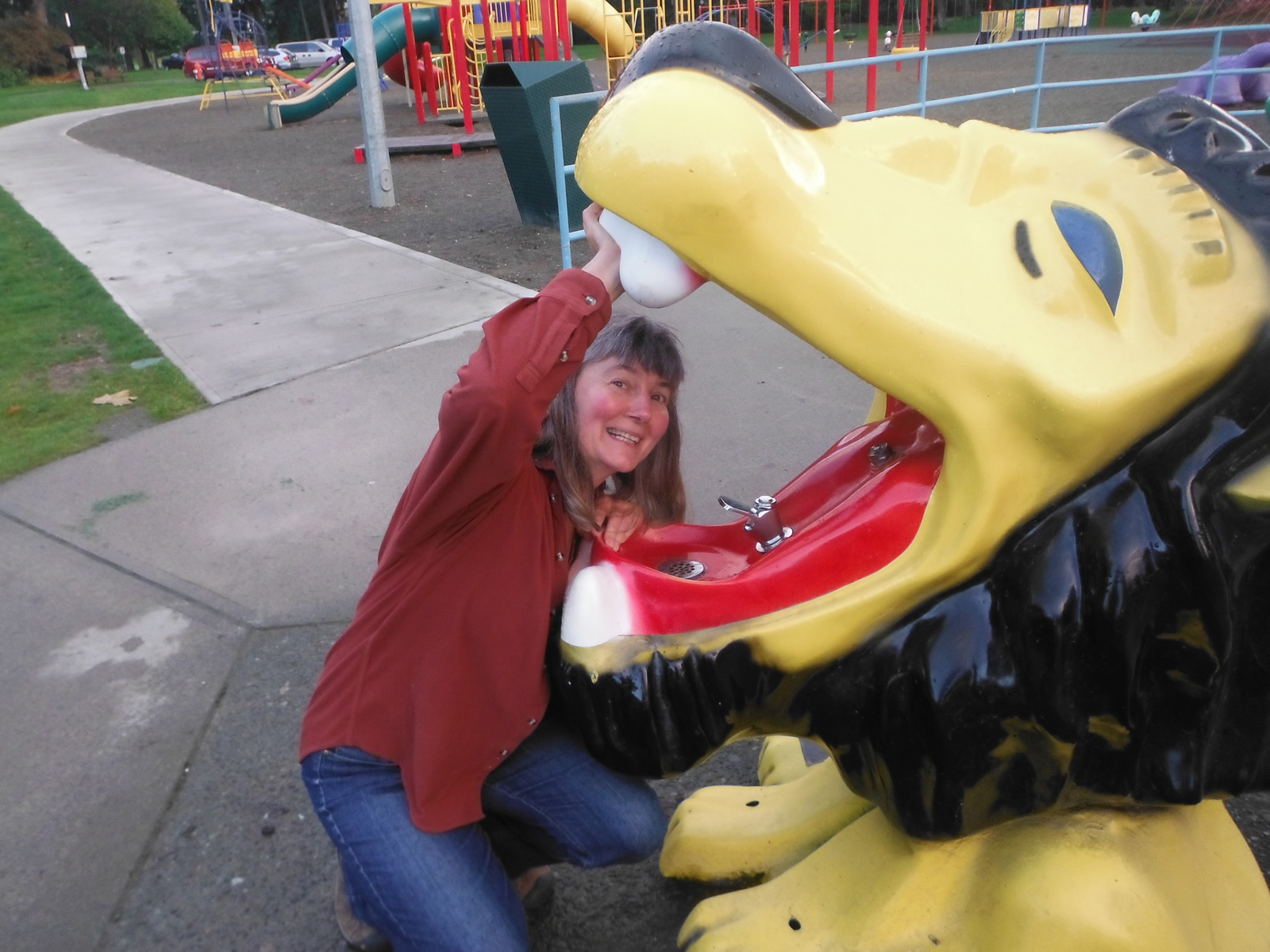
During my random treasure hunt through compilation of BC’s teaching and learning websites, I noticed an interesting subsection in UVic’s Learning and Teaching Support and Innovation site (what a mouthful that must be to share when you meet others at a conference!) – the subsection is called Community-engaged Learning. I was curious partly because I’ve been working with a community planning consultant and educator from Whitehorse who has opened my eyes to possibilities for engaging rural and remote communities across the North, but also because I’m always looking at ways people interpret and advance basic learning theories. The Community-engaged Learning site began with a definition:
Community-Engaged Learning (CEL) is a form of experiential learning and community-engaged scholarship whereby students actively engage with course content through the combination of collaborations with community and facilitated reflection.
So, I was curious to find out the ways UVic’s interpretation or application might involve different approaches based on experiential learning. Although I didn’t find what I was hoping for – guidelines or tips on facilitating/managing experiential learning in the field/community to ensure meaningful learning (i.e., how to prevent disasters and go beyond – “I had such a great time”), I did find some interesting first steps CEL pedagogies and flagged that for future exploration.
My first find though was the searchable, international, multi-faceted Engagement map. The visual of the map gives you a sense of the surprising spread of UVic community-engagement activities and you can find public lectures, partnerships with community groups, community-focused research, and guided walks (if you’re in Victoria).
The map is pretty straightforward to use: either click on a blue circle in a geographic location that interests you, or use one of the nine filters or try a keyword search.
My initial explorations led me to co-op programs and then to impact stories from young participants and their community groups or health organizations. I discovered a unique Fraser Valley ethnohistory field school hosted by the Sto:lo that has been running since 1998!
I found out about a community research project that resulted in Victoria rain gardens that contributed to our understanding of municipal stormwater management. Other stories introduced me to international impacts where UVic students work to find business models to help Zambian goat farmers find the best markets for their animals. A Social Sciences community partnership allowed students to work with UVic sociologist William Carroll to develop a new online mapping tool to highlight 50 of the most influential fossil fuel industry players in Western Canada and develop our understanding of the power relationships within this sector.
So, if you’re looking for inspiration in terms of making your teaching more relevant and meaningful for your students, you might pick up some ideas while exploring this map. While the stories featured are somewhat lean on the realities of how to actually facilitate the learning and to keep the community projects manageable for students, partners and yourself, you could always follow up with the university or keep an eye on their CEL website. Enjoy!




